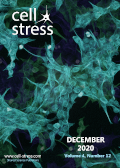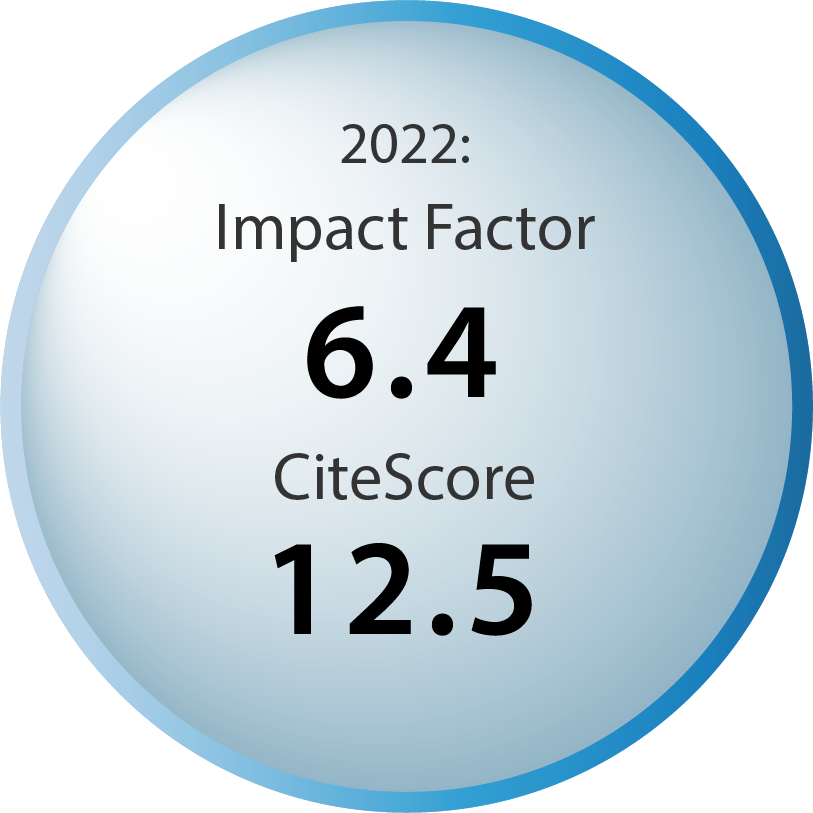Table of contents
Volume 4, Issue 12, pp. 265 - 277, December 2020
A sympathetic gut connection drives the metabolic benefits of Roux-en-Y gastric bypass
Mohammed K. Hankir
News and thoughts |
page 265-269 | 10.15698/cst2020.12.236 | Full text | PDF |
Abstract
Surgery is regarded by many as the go-to treatment option for severe obesity; yet how physically altering the gastrointestinal tract produces such striking results on body weight and overall metabolic health is poorly understood. In a recent issue of Cell Reports Ye et al. (2020) compare mouse models of Roux-en-Y gastric bypass (RYGB) and sleeve gastrectomy (SG), the two most commonly performed weight loss surgeries in the clinic today, to show that the former reconfiguring procedure selectively increases resting metabolic rate through splanchnic nerve-mediated browning of mesenteric white fat. More significantly, they demonstrate that this effect for RYGB is required for the maintained negative energy balance and improved glycemic control that it confers.
AMPK maintains TCA cycle through sequential phosphorylation of PDHA to promote tumor metastasis
Zhen Cai, Danni Peng and Hui-Kuan Lin
Microreviews |
page 273-277 | 10.15698/cst2020.12.238 | Full text | PDF |
Abstract
Cancer represents the leading public health problem throughout the world. Globally, about one out of six deaths is related to cancer, which is largely due to the metastatic lesions. However, there are no effective strategies for targeting cancer metastasis. Identification of the key druggable targets maintaining metastasis is crucial for cancer treatment. In our recent study (Cai et al. (2020), Mol Cell, doi: 10.1016/j.molcel.2020.09.018), we found that activity of AMPK was enriched in metastatic tumors compared to primary tumors. Depletion of AMPK rendered cancer cells more sensitive to metabolic and oxidative stress, leading to the impairment of breast cancer lung metastasis. Activation of AMPK rewired cancer metabolism towards TCA cycle, which protects disseminated cancer cells from both metabolic and oxidative stress-induced cell death, and facilitates cancer metastasis. Further, AMPK critically maintained the activity of pyruvate dehydrogenase complex (PDH), the rate limiting enzyme involved in TCA cycle, thus favoring the pyruvate metabolism towards TCA cycle rather than converting it to lactate. Mechanistically, AMPK was shown to co-localize with PDHA, the catalytic subunit of PDH, in the mitochondrial matrix and directly triggered the phosphorylation of PDHA on Ser295 and Ser314. Hyper-phosphorylation of Ser295 and Ser314 of PDHA promotes lung metastasis through elevating activity of PDH. Of note, PDHA Ser314 phosphorylation abrogated the interaction between PDHA and PDHKs leading to the dephosphorylation on previously reported S293 site, whose phosphorylation serves as a negative signal for PDH activation, while S295 phosphorylation serves as an intrinsic catalytic site required for pyruvate metabolism. Our study presented the first evidence for the pro-metastatic property of the AMPK-PDH axis and advance our current understanding of how PDH is activated under physiological and pathological conditions.
TLR4: the fall guy in sepsis?
Joseph Menassa, Christina Nedeva, Corey Pollock and Hamsa Puthalakath
Microreviews |
page 270-272 | 10.15698/cst2020.12.237 | Full text | PDF |
Abstract
Sepsis and its impact on human health can be traced back to 1000 BC and continues to be a major health burden today. It causes about 11 million deaths world-wide of which, more than a third are due to neonatal sepsis. There is no effective treatment other than fluid resuscitation therapy and antibiotic treatment that leave patients immunosuppressed and vulnerable to nosocomial infections. Added to that, ageing population and the emergence of antibiotic resistant bacteria pose new challenges. Most of the deleterious effects of sepsis are due to the host response to the systemic infection. In the initial phase of infection, hyper activation of the immune system leads to cytokine storm, which could lead to organ failure and this accounts for about 15% of overall deaths. However, the subsequent immune paralysis phase (mostly attributed to apoptotic death of immune cells) accounts for about 85% of all deaths. Past clinical trials (more than 100 in the last 30 years) all targeted the inflammatory phase with little success, predictably, for inflammation is a necessary process to fight infection. In order to identify the regulators of immune cell death during sepsis, we carried out an unbiased, whole genome CRISPR screening in mice and identified Trigger Receptor Expressed in Myeloid-like 4 (Treml4) as the receptor that controls both the inflammatory phase and the immune suppression phase in sepsis (Nedeva et al. (2020) Nature Immunol, doi: 10.1038/s41590-020-0789-z). Characterising the Treml4 gene knockout mice revealed new insights into the relative roles of TLR4 and TREML4 in inducing the inflammatory cytokine storm during sepsis.



